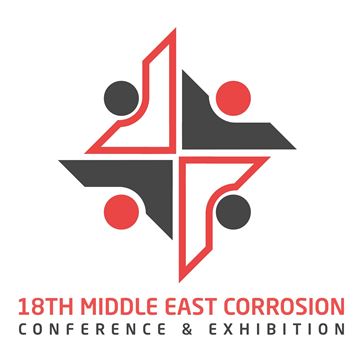Search
AMPP Conference Papers
View as
Sort by
Display
per page
Using Flexible Steel Pipe to Rehabilitate Aging Pipelines
Product Number:
51323-19013-SG
Publication Date:
2023
$20.00
Using Galvanic Modeling and Aerosol Spray Testing to Understand How Changes in Salt Loading Can Impact Atmospheric Corrosion
Product Number:
51323-18961-SG
Publication Date:
2023
$20.00
Using Guided Waves Testing (GWT) for the Integrity Inspection of Pipelines
Product Number:
51324-20599-SG
Publication Date:
2024
$40.00
Using Long-Term Performance Data for Design of Galvanic Cathodic Protection Systems
Product Number:
51323-19093-SG
Publication Date:
2023
$20.00
Using Machine Learning to Assess Internal Corrosion Constituent Thresholds
Product Number:
51324-20677-SG
Publication Date:
2024
$40.00
Using the German Test Method TL 8135-002 for Multi-Metal Application: Non-Ferrous Alloys
Product Number:
51324-20795-SG
Publication Date:
2024
$40.00
Utilizing 3D Printing in Oil and Gas Applications
Product Number:
MECC23-19931-SG
Publication Date:
2023
$20.00
Utilizing Corrosion Damage Morphology As An Indicator Of Microbiologically Influenced Corrosion (MIC) In Oilfield Waters
Product Number:
51322-17687-SG
Publication Date:
2022
$20.00
Utilizing Sustainability ScoreCards to Quantitatively Analyze the Sustainability Impact of Applied Linings Systems
Product Number:
51324-21040-SG
Publication Date:
2024
$40.00
UV-Curable Organic Coating for Corrosion Protection of Inner Surfaces of Pipelines
Product Number:
51324-21025-SG
Publication Date:
2024
$40.00
Validating a Galvanic Corrosion Model under a Dynamic Electrolyte Droplet
Product Number:
51323-19015-SG
Publication Date:
2023
$20.00
Validating Digital Twin Model of a Complex Pipeline System
Product Number:
51323-18958-SG
Publication Date:
2023
$20.00












